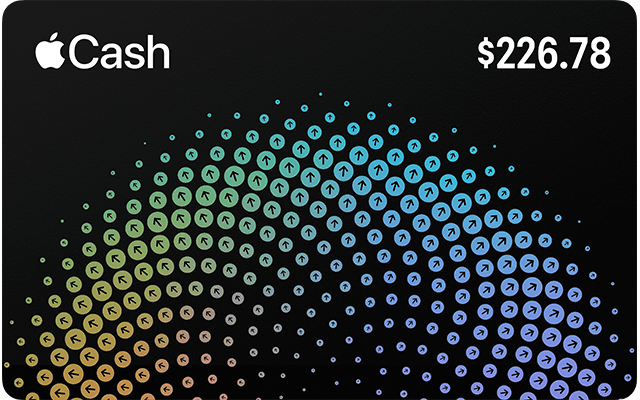Over more than a decade now we have seen the launch of mobile wallets and prepaid cards, the high hopes for them and an often lukewarm response from the customer, followed by a phased withdrawal. I have myself been involved in a number of launches, in roles at many different parts of the payments, banking and money transfer ecosystem. There have been clear benefits we could demonstrate for our customers, but inescapably, with each extra “pot of money” a customer creates, there is more to manage. So the benefit must be compelling.
The big question in my mind when Apple announced the launch of Apple Pay Cash in the US on December 5 was naturally, how will this product fare? Will the path we see look much like that of the Google payment card, which launched with great fanfare and soaring expectations, but just fizzled out? Apple has proven they can launch products that are accepted and can change customer behaviour, getting them to do things they never used a phone for before. So will the Apple track record be enough to carry through this new product to success and help Apple Pay Cash to succeed where others failed?

The new Apple Pay Cash card image, copyright Apple Inc.
With the growing threats from cyber security, from a myriad of digital players on a range from pesky to all out criminal, customers are increasingly on the look out for ways to transact securely while on the go. Could a prepaid card from Apple that can hold some money that you use to pay be of interest, by addressing the customers critical and growing need of trust? Apple Pay has been relatively successful in mobile payment, but research from PYMNTS.com “Apple Pay Stats” seems to indicate a plateau in uptake over the last few years.
The offer seems not too new, and by now customers should be familiar with what to do and how to do it, having used their mobile phones with PayPal, Square, Venmo and other payments and money transfer applications. The Apple Pay Cash debit card works “like a bank account”, allowing you to send and receive money on the go.
Apple has attempted to make it easy for customers to get started, but as they cross certain thresholds they are asked for more identity verification. For instance if you want to receive $500 or more your identity would be checked, but it may be checked even otherwise, based on the way Apple sets up its rules. You may choose to verify your identity upfront, for instance if you want to use it at your favourite retail store. The identity check is managed through Green Dot Bank, the Apple Pay Cash card service provider. You must provide name, address, last four digits of your Social Security number and date of birth, as of now.
If trust is to be the draw, launch timing seems really unfortunate. We just found out that since 2016 Apple has been slowing down processes on older iPhones. Whether this was meant to nudge customers towards buying a new phone before they planned to or was an error of judgement that lead the team to choose this as a “fix” for older batteries, trust in Apple has taken a beating. Apple has apologised, but a clear statement on what customers may expect going forward may still be critical, to re-establish the kind of trust customers need to deepen a financial services relationship.
So the new Apple Pay Cash launches in a climate where trust in the Apple brand is not at an all-time high, while trust towards America and American brands has also taken a beating. The repeated high level data breaches in 2017 and use of our personal data as the price we pay for “free” services has left customers somewhat jaded.
Customers need brands they can trust and brands need customers, for which they must meet customer needs. As we enter 2018, for me success of every product and service will hinge on deepening trust. Trust is something customers often took for granted in the past. Now each breach is likely to cause a reaction that could take brands by surprise.





